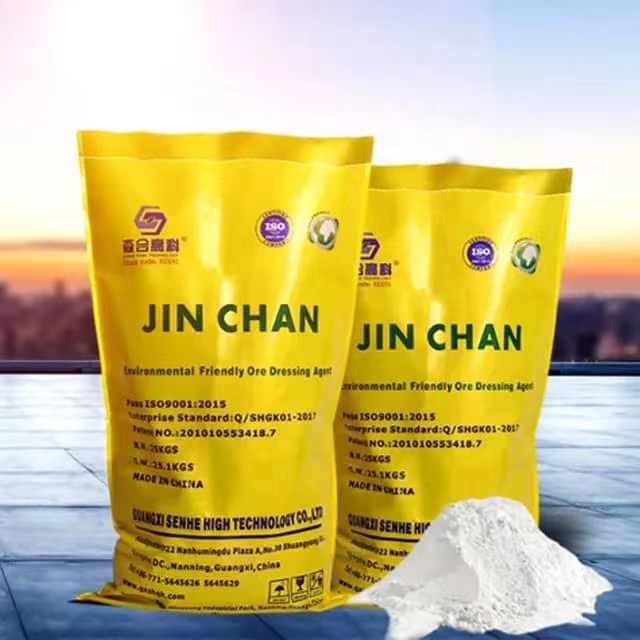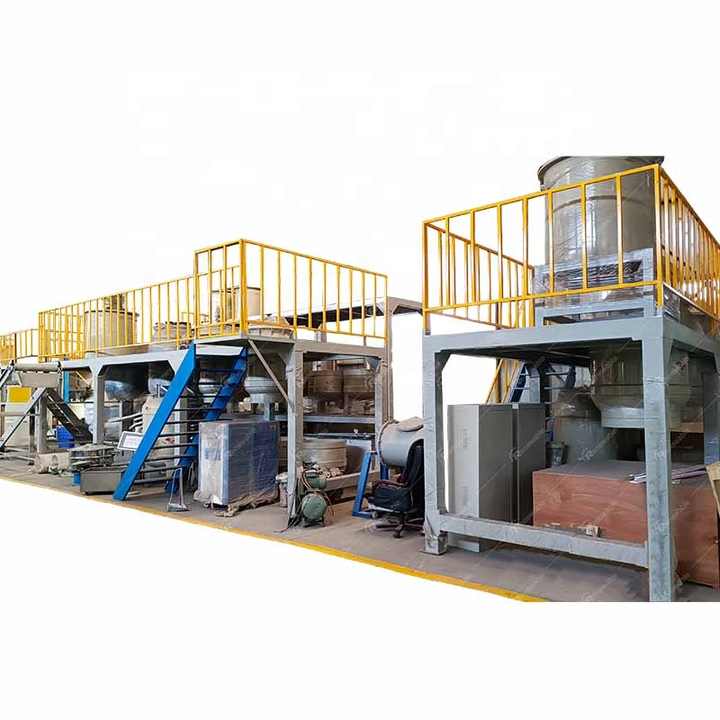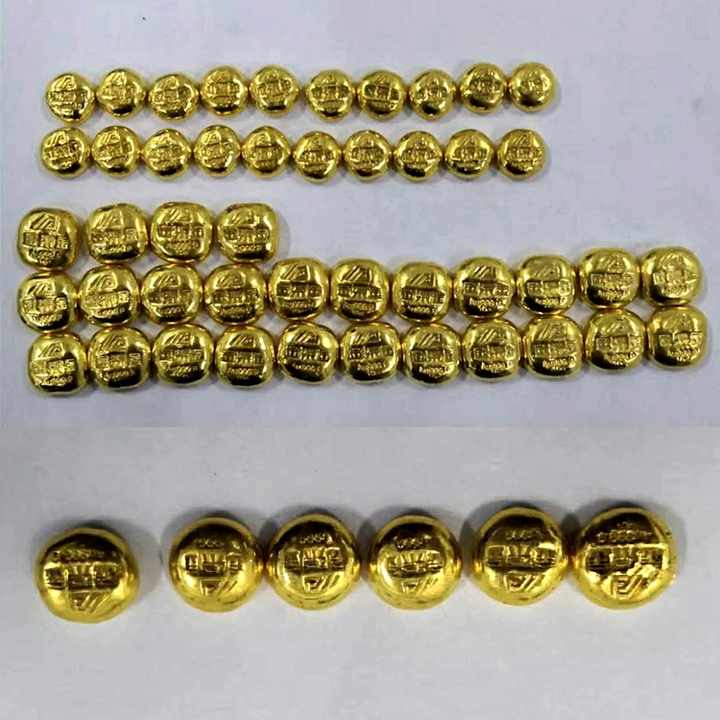Refining Gold With Mercury And A Retort
Refining Gold With Mercury And A Retort: A Comprehensive Guide
Gold refining is a process that has been used for centuries to purify gold from its ore. One traditional method involves the use of mercury and a retort. While this technique is not the most modern or environmentally friendly, it remains a viable option in some parts of the world. This article will explore the process of refining gold with mercury and a retort, focusing on its methods, safety considerations, and alternatives.
Understanding the Role of Mercury in Gold Refining

Mercury amalgamation is one of the oldest techniques used to extract gold from its ore. When gold particles come into contact with mercury, they form a compound called an amalgam. This amalgam can then be heated in a retort to vaporize the mercury, leaving behind pure gold. The process is straightforward but requires careful handling due to the toxic nature of mercury.
FRT Machinery manufactures high-quality retorts designed specifically for this purpose. These retorts ensure that the mercury vapor is captured efficiently, reducing environmental contamination and improving worker safety.
Safety Precautions When Using Mercury in Gold Refining
Safety is paramount when working with mercury. Exposure to mercury vapor can cause serious health issues, including neurological damage. Therefore, it’s crucial to implement strict safety protocols during the refining process. FRT Machinery recommends using well-ventilated areas and wearing appropriate protective gear such as masks and gloves.

Additionally, all workers should receive training on the proper handling and disposal of mercury. This includes understanding the risks associated with mercury exposure and knowing how to respond in case of spills or leaks.
The Retorting Process: Vaporizing Mercury

The retorting process is the final step in refining gold with mercury. After the amalgam has been formed, it is placed in a retort where it is heated. The heat causes the mercury to vaporize, which is then collected and condensed back into liquid form. The gold, being heavier, remains behind.
FRT Machinery’s retorts are designed with advanced features to ensure maximum efficiency and safety. They are equipped with filters that capture mercury vapor, preventing it from escaping into the environment. This not only protects the health of workers but also minimizes the impact on the surrounding ecosystem.
Environmental Impact and Regulatory Considerations
The use of mercury in gold refining has significant environmental implications. When improperly managed, mercury can contaminate water sources and soil, leading to long-term ecological damage. Many countries have implemented regulations to control the use and disposal of mercury.
FRT Machinery supports sustainable practices by providing equipment that adheres to these regulations. Their retorts are designed to meet stringent environmental standards, ensuring that users can comply with local laws while continuing their operations.
Modern Alternatives to Mercury-Based Refining
Despite its effectiveness, the use of mercury in gold refining is increasingly being phased out due to environmental concerns. Several alternative methods have emerged that offer cleaner and safer ways to refine gold. These include cyanide leaching and bioleaching, both of which do not require the use of mercury.
While these alternatives may require more complex setups, they represent a step towards more sustainable gold refining practices. FRT Machinery is committed to developing innovative solutions that support these advancements in the industry.
Conclusion
Refining gold with mercury and a retort is a traditional method that continues to be used in various settings. However, it is important to prioritize safety and environmental responsibility when employing this technique. By using equipment like FRT Machinery’s retorts and following best practices, operators can minimize risks and contribute to a more sustainable future for gold refining. As technology advances, it is hoped that even better alternatives will become available, further reducing the reliance on mercury in this industry.















